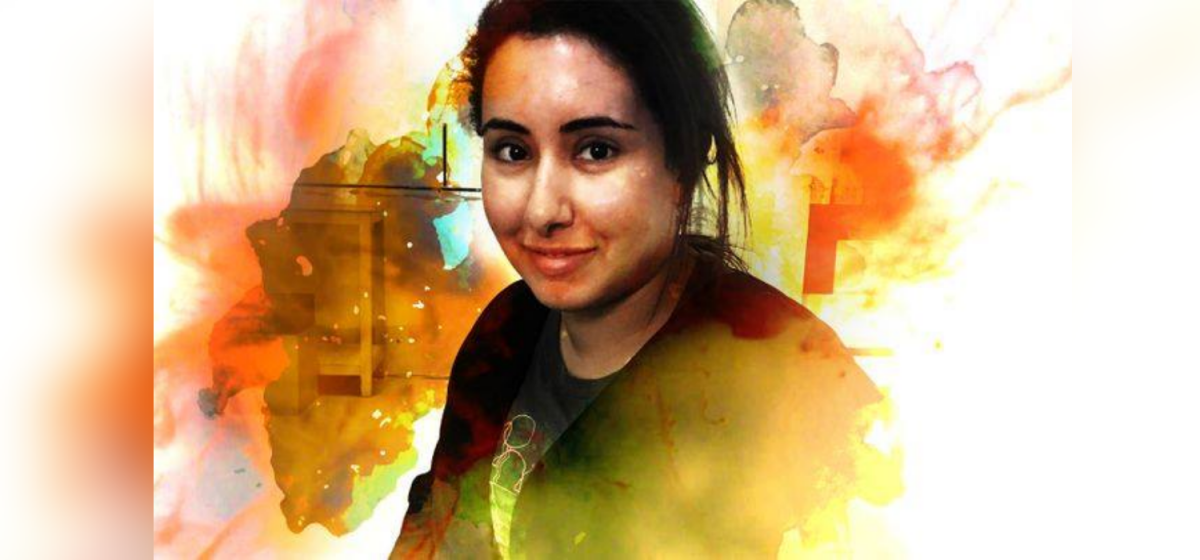There is an accusation that Narendra Modi actually authorised Indian navy commandos to capture Princess Latifa on the high seas after speaking to Dubai’s ruler, Sheikh Mohammed.
Ashis Ray, The Wire
October 13, 2021
London: Herve Jaubert is a former French naval intelligence officer who captained the US-registered yacht, Nostromo, on which Princess Latifa, daughter of Dubai ruler Sheikh Mohammed, was attempting to escape from her father’s clutches in February-March 2018. A London high court judgment in December 2019 ruled that she was thwarted by Indian armed forces in international waters in the Arabian Sea at Mohammed’s instigation.
“The description of the way in which Latifa was treated by the Indian security services and also, once the Arabic man [her father’s agent] had identified her, does not give any indication that this was a ‘rescue’ [Mohammed’s argument] rather than a ‘capture’,” was the court’s verdict.
Jaubert is now planning to file a suit against the United Arab Emirates – Dubai being an emirate of the UAE – in a United States court. This was corroborated by his London-based lawyer Radha Stirling, who added: “I want to ensure things like this cannot happen – that the UAE does not feel emboldened to do whatever they want, wherever they want.”
Jaubert has dual nationality: he is a citizen of the US as well as France. His action could be lodged in two other jurisdictions, which he would not disclose. In an interview to The Wire, he warned the case will also be “against India”. Latifa, he asserted, had a valid visa to visit India at the time she was captured by Indian commandos and handed over to the UAE authorities. She had intended to apply for asylum in the United States upon reaching India.
Also read: Before Indian Soldiers Captured Dubai Princess on High Seas, UAE Zeroed in on Her Friends’ Numbers
Jaubert’s plan to initiate legal proceedings follows a July 2021 report in the American newspaper USA Today, which said it learned that the American Federal Bureau of Investigation (FBI) had “helped locate the princess (in the Arabian Sea)” in response to “an urgent plea from Sheikh Mohammed’s office.”
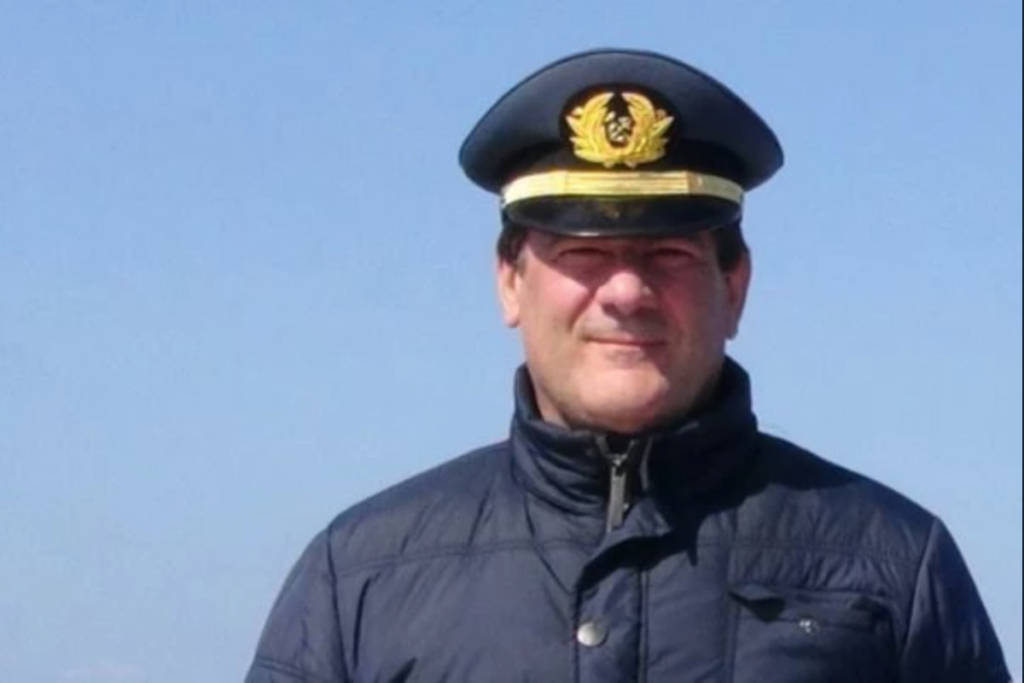
The publication wrote: “USA TODAY’s sources said they believe the FBI was misled about her circumstances aboard the yacht. The Dubai government claimed the princess had been kidnapped and needed emergency aid to secure her release, according to multiple people familiar with the FBI’s role in the highly sensitive operation. That prompted FBI agents to obtain geolocation data from the yacht’s internet provider and supply it to Dubai officials.”
It continued: “In doing that, the agents may have violated FBI protocols, legal experts said; (that is) if they obtained the data without subpoenaing the provider, as normally would be required.” It then emphasised: “Without the FBI’s assistance, Princess Latifa might never have been found during her escape.” The paper detailed that “one person with direct knowledge of the operation” said “the FBI truly believed this was a kidnapping case and the US was saving the day”.
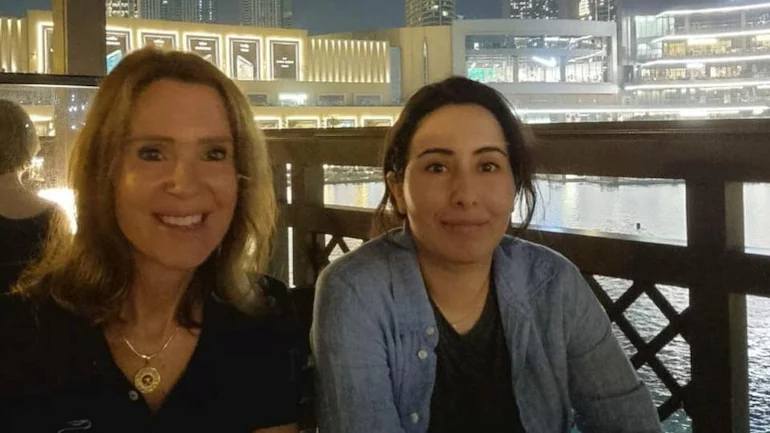
Latifa, contrary to Jaubert’s instructions to observe a communication blackout, “sent at least one email, probably several, from a private Yahoo account, using the yacht’s satellite internet provider, which left a footprint disclosing her location”, USA Today pieced together. “Sheikh Mohammed’s office contacted an FBI agent stationed in the US consulate in Dubai. The agent was told Mohammed’s daughter had been kidnapped and there was a ransom demand…Mohammed’s office asked the FBI agent for emergency help to determine when and where email accounts used by Latifa were last checked,” it recounted.
It furthermore set out: “The agent immediately called FBI headquarters in Washington but was not given clear instructions on how to proceed.” However: “The FBI agent in Dubai contacted Nostromo’s satellite company directly. The agent was told a subpoena was required, but the request was elevated, and the company agreed to release the information after the agent insisted it was an emergency situation involving a hostage who was the daughter of the leader of a close US ally in the Middle East, according to people familiar with the operation.”
Norms given go by and Modi’s ‘role’
USA Today reported that contract documents revealed that the Nostromo’s internet provider at the time of the raid by Indian naval troops was a US-based company named KVH Industries. A former FBI assistant director, Tom Fuentes, told the daily that formal subpoenas generally follow the emergency requests. “I don’t know of any internet provider who would provide it (the data) without some kind of paperwork,” he was quoted as remarking.
His view was that a request such as the one from Dubai would have “raised red flags”. Senior FBI and US State Department officials in Washington along with the US ambassador in the country would need “to determine whether it would be appropriate to provide the assistance requested and to consider whether we (the US government) are being used for a bad purpose”.
Another erstwhile US intelligence officer is said to have stated: “The Emiratis have a tremendous capability themselves. It’s unusual they would have gone to the US for help in the first place.”
A spokesperson for Barbara Leaf, who was the US ambassador to the UAE at the time, told USA Today she had no knowledge of any FBI involvement in Sheikh Mohammed’s efforts to locate Latifa. Leaf is now the US assistant secretary of state for Near Eastern Affairs.
The FBI’s National Press Office was emailed for a reaction. It replied: “The FBI has no comment.”
Whether the FBI aided the UAE with Nostromo’s location or the UAE tracked down the boat on its own, there is no confusion about what followed. Information about the boat was forwarded to India, which then proceeded to intercept the vessel in international waters. The United Nations Working Group on Arbitrary Detention in an ‘Opinion’ published in March 2021 underscored what happened in no uncertain terms:
“The detainee (Latifa) was extradited by the Indian forces, which had intercepted her yacht in international waters off the coast of Goa in March 2018, after the Prime Minister of India had made a personal telephone call to the Prime Minister of the United Arab Emirates and ruler of the Emirate of Dubai (Sheikh Mohammed).”
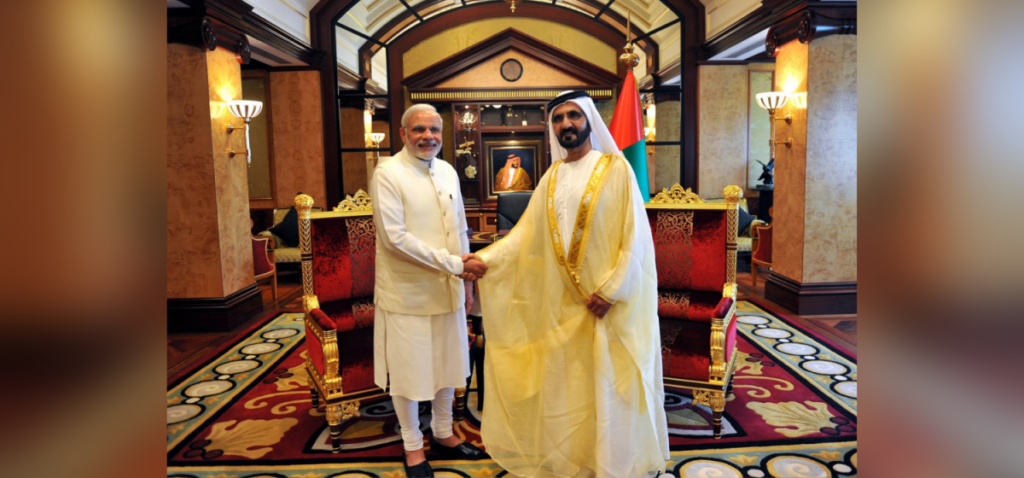
It appears to be in black and white that on March 3, 2018, the UAE requested Interpol to issue a Red Notice arrest warrant in the name of a crew member of the Nostromo. The charge against him was “kidnapping”. The “summary of facts of the case” said “the French national ELOMBO Christian Alain kidnapped a United Arab Emirates woman, with the complicity of the United States national JAUBERT Herve Gean Pierre and the Finnish national JAUHIAINEN Tiina Johanna (Latifa’s friend accompanying her in the getaway)”.
Also read: UK Court Says Indian Special Forces Helped Dubai Ruler Abduct His Daughter on High Seas
The UAE is notorious for making false and frivolous complaints to Interpol. For Modi to have rung Mohammed – as outlined by the UNWGAD – is troubling. It is not clear what due diligence, if any, the Indian side undertook before Modi reached out to the Dubai ruler.
Escape and capture
On February 24, 2018, Latifa reportedly boarded the Nostromo, a 100-ton yacht, off Oman, having driven there from Dubai. Six days after setting sail, USA TODAY maintained, “Jaubert noticed another vessel trailing their route a few miles behind.” Also that an Indian “coast guard spotter plane from the Indian mainland made several observational flights over the boat”. The yacht’s last known position on March 4, 2018 was about 50 miles off the coast of Goa.
Jaubert doesn’t mince his words: “On March 4, Indian coastguards attacked.” Asked what exactly they did, he replied:
“They stopped the boat with speedboats and commandos, without warning. You have to understand, they acted illegally and out of the protocols of maritime law. We were in international waters. If they had a reason, they would have to contact us by radio, ask us to stop to request boarding. They would have to notify the US embassy. They didn’t do any of that. They were like terrorists, not coastguards. After the attack unfolded, we were not fighting back, we were not resisting and yet they beat us for an hour or an hour and a half. I lost consciousness. They threw my crew overboard head first into the sea. Why did they do that?
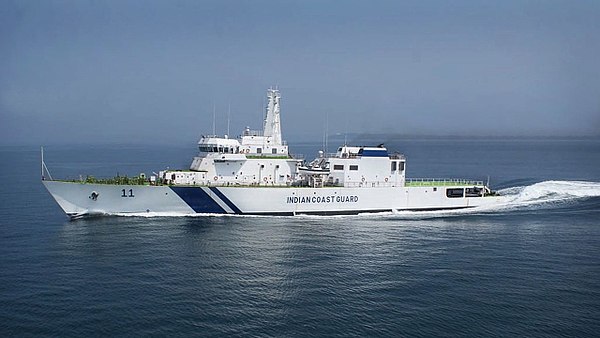
He identified the attackers as “Indian MARCOS, elite commandos of the Indian Navy”, adding, “They had the Indian Air Force as cover. It was a massive operation, like wartime. Only the highest officer in India could have ordered such an operation.”
Asked how he knew the men were from the navy and not the coastguards, he responded: “I looked at their weapons. I am familiar with foreign military. I later checked and established the MARCOS had such weapons, not the coastguards. But they didn’t behave like commandos. I have been a commando myself. To beat up and torture people who are restrained is not done. Everybody on board (the Nostromo) had a valid Indian visa.”
Also read: Indian Action Under the Scanner as UN Special Rapporteur Probes Fate of Dubai Princess
He mentioned there were three crew members in addition to Latifa, Jauhiainen and himself on the yacht. The two women were in a cabin below. “The two ladies were forced upstairs, then they put them on the floor, restrained them on the deck. Latifa was screaming all the way, saying she didn’t want to go back to Dubai. She was seeking asylum, she was in international waters on an American boat, but that didn’t stop the MARCOS. They took her out of the boat. They took her away from the rest of us, they took her on a speedboat.”
Asked if they took her to Goa, he answered: “No. They flew her to Mumbai. They told me. They took her on a helicopter. Then she was flown on a private jet to Dubai.”
“Shoot me here! Don’t take me back (to Dubai)!” Latifa is said to have screamed when the Indian forces stormed the yacht in the darkness of night and captured her.
Before this happened, Latifa desperately contacted Stirling, who later recorded: “I received a shattering call from Princess Latifa in the midst of an unprecedented attack on a US yacht.”
There followed a WhatsApp exchange between them:
“Please Help
Please please there’s men outside I don’t know what’s happening”
Latifa at 19:24 CET (23:54 IST)
“Record
Send WhatApp voice messages”
Stirling at 19:25 CET (23:55 IST)
“Record what you can and send”
Stirling at 19:27 CET (23:57 IST)
“Are you on a boat?
Did you go to land?”
Stirling at 19:28 CET (23:58 IST)
“Are guns still firing?”
Stirling at 19:31 CET (00:01 IST)
“Can you send video?”
Stirling at 19:33 CET (00:03 IST)
“Call as soon as you can
Or I will have to alert police.”
Stirling at 20:01 CET (00:31 IST)
According to Stirling, Latifa “swung into action and tried to record messages, but communications were abruptly stopped. Both Captain Herve Jaubert and Princess Latifa were cut off.”
Jaubert said he saw, “three frigates” come alongside the Nostromo to corner it. He identified two of these as Samarth and Samar of the Indian coastguards, with naval helicopters on their landing pads. But he could not name any of the commandos, since, he pleaded, none was wearing a lapel on their uniform.
After Latifa was taken away, Jaubert maintained, Emirati troops mounted the yacht. It was then towed away by a naval ship to Dubai, where he, Jauhiainen and the crewmen were imprisoned for 12 days before being released.
Article 3 of the United Nations Convention on the Law of the Sea stipulates: “Every State has the right to establish the breadth of its territorial sea up to a limit not exceeding 12 nautical miles, measured from baselines determined in accordance with this Convention.” India signed this treaty in 1982 and ratified it in 1995.
Shortly before the USA Today story was published this July, photos of Latifa in Spain appeared in media. A London law firm Taylor Wessing issued a statement attributed to her, which said: “I can travel where I want. I hope now that I can live my life in peace.”
Jaubert was sceptical: “It is difficult to reconcile that the woman who planned her escape for seven years and who recently (in February) released videos speaking of pressure in Dubai had bestowed upon her to agree to their (the Dubai authorities’) propaganda plan, is truly free.” The ‘Free Latifa’ campaign in London, in which Jauhiainen was active, has wound up.
Jaubert underlined: “In any event, she should never have been kidnapped from a US-flagged yacht in international waters. She was abducted and forced against her will to Dubai, with the help of India.” He reiterated: “We intend to pursue justice for the victims and accountability for those who orchestrated the violent, military attack on the Nostromo.”
* Note: The public relations officers of the Indian Coastguards and the Indian Navy and the Joint Secretary (External Publicity) of the Indian Ministry of External Affairs were requested to comment on Herve Jaubert’s charges. They did not do so. In the event they reply on-record in future, such responses will be published.
